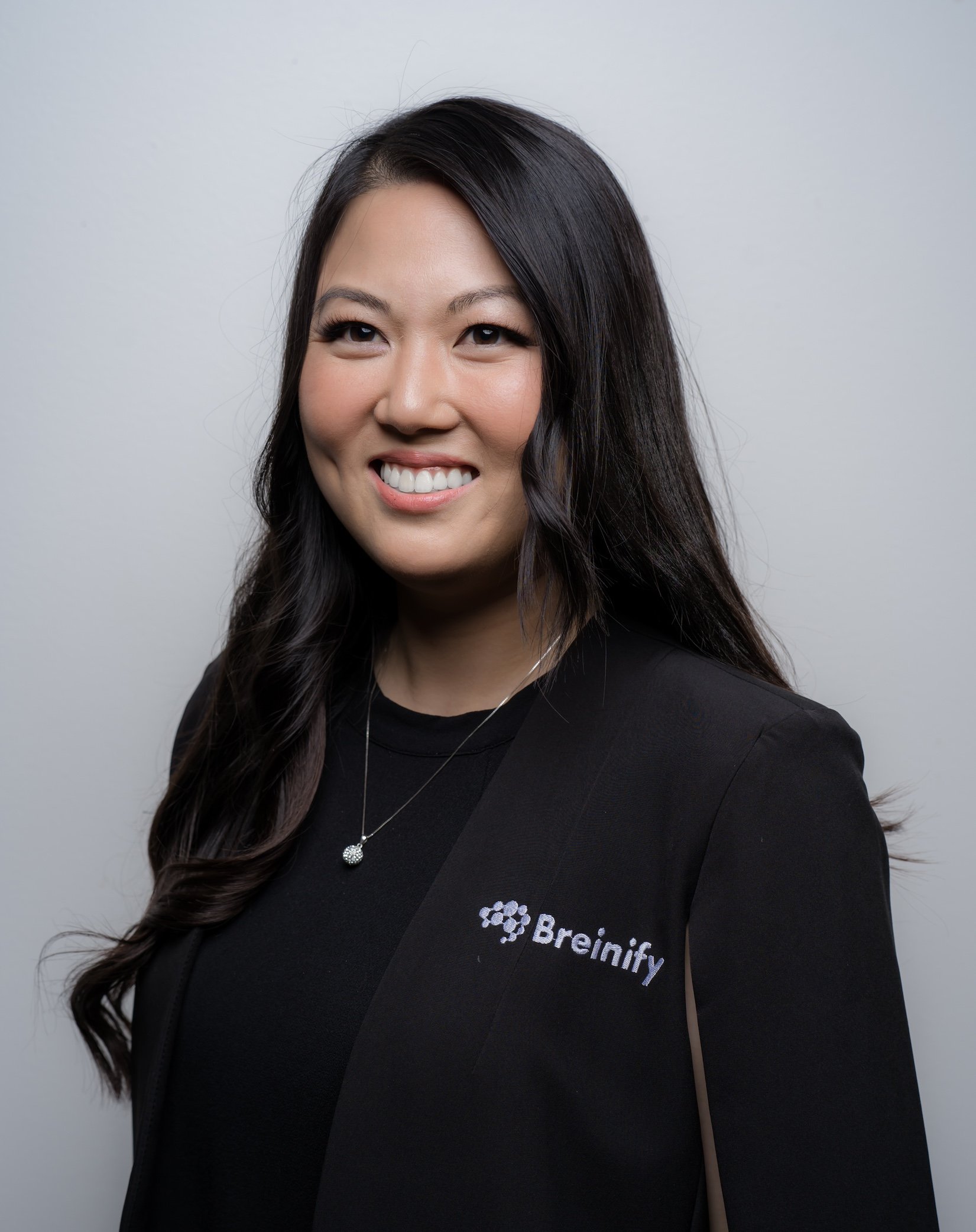
Today’s consumer can have their pick of products that please them, but having too many options in front of them can have a negative impact on your bottom line. This is called the paradox of choice, and it has never been more relevant than it is now. E-commerce and online retail have made it easier than ever for brands to pop up and start claiming their share of the market. Consumers can surf the web and find just about thirty products that fit their budget and meet their needs. Remaining competitive is becoming less about the quality of your product, and more about the quality of your brand experience.
What is the paradox of choice?
The paradox of choice, coined by Barry Schwartz in 2005, refers to the fact that if a consumer has too many options in front of them, they are more likely to feel overwhelmed and dissatisfied with the choice they end up making. Let’s examine this effect with an example from the beauty industry—more specifically, skincare.
Whether it’s an anti-aging ad that drew you in, or simply the fear of missing out, everyone has encountered messaging about developing a skincare regimen. Let’s say a consumer enters your beauty brand website with the intention of starting an affordable skincare routine. When they get to your website, they are greeted with a quiz: a fun and interactive way to collect valuable first-party data. Already from the first question, they are stumped: What kind of skin do you have—dry, oily, or combination? From your perspective as a brand, this question will inform the type of products you can recommend to them, but from their perspective, it’s a decisive fork in the road.
The next question is about their top concern with their skin: acne, aging, pores, blackheads / whiteheads, or redness. The question after that is about their habits: are you looking for a morning routine, night routine, or both? After that, the questions get more technical, about what kinds of ingredients their skin tolerates. Finally, they land on a question that is accessible and most relevant to their query: what is your desired price range per product?
After the quiz, the consumer is finally taken to a page that has been pre-filtered with the products and parameters that fit their answers. However, with the sheer amount of different products you offer, it barely seems like anything has been filtered out. They finally feel overwhelmed and go back to Google Search to refine their query to be more specific.
Consequences of the Paradox of Choice
As a brand, this quiz tactic creates an easier path to helping the consumer find what they are looking for. The positive aspects of engaging in so many choices is that the consumer will find a product that is uniquely suited to their needs. However, there are a few negative aspects that form the paradox of choice:
- Analysis paralysis : Whether it’s taking a new job offer, or putting ranch dressing on their salad, people often experience fear when it comes to making a decision. They don’t want to make the wrong choice for themselves, no matter how big or small the consequences may be. This fear causes them to freeze up and avoid making choices altogether.
- Buyer’s remorse : Buyer’s remorse is typically associated with larger purchases, but it can impact smaller decisions as well. For example, choosing a yearly subscription to a product or service when a month-to-month option would have done the trick.
- Decision fatigue : The American Medical Association estimates that a person makes about 35,000 decisions daily. In the skincare example above, the customer had to make half a dozen decisions before even viewing the products. These choices add up, and can impact a consumer’s energy to the point where they stop engaging with your brand altogether.
How to reduce choice overload with personalization:
In order to avoid confronting your consumers with the paradox of choice, you should focus on cultivating a brand experience where the choice becomes obvious. The goal is to understand the customer so well that you can predict what they’ll respond to. Some consumers may like a detailed quiz, whereas others would prefer to filter out products themselves. Analyzing data is the way to get to this level of personalization and understanding.
As a marketer, it’s your job to create ease and delight in the shopping experience by presenting the consumer with choices that make them feel like they can’t miss. In the skincare example we’ve been using, you could note that this is the consumer’s first time visiting your site, and push them a banner ad with the copy ‘Skincare Products for Beginners.’ You don’t know whether they are completely new to skincare, or just new to your site, but you’ll get closer to finding more about them by keeping them engaged with relevant content.
No matter what industry you’re in, collecting first-party data should be painless for the consumer, and acting on data insights should be seamless for you as a marketer. Marketing teams who enlist in artificial intelligence to help them personalize at scale reap the benefits of more sales and better marketing outcomes, to the tune of 2-5x return on investment. Consider how AI can help you meet your goals more quickly and efficiently as you craft brand experiences that make your products into clear winners.
62% of consumers say a brand will lose their loyalty if they deliver an impersonal experience, up nearly 20% from 2021. Data-driven marketers can combat the paradox of choice by striving to personalize experiences to the point where it barely feels like a choice, and more like destiny pointing consumers in the right direction.

